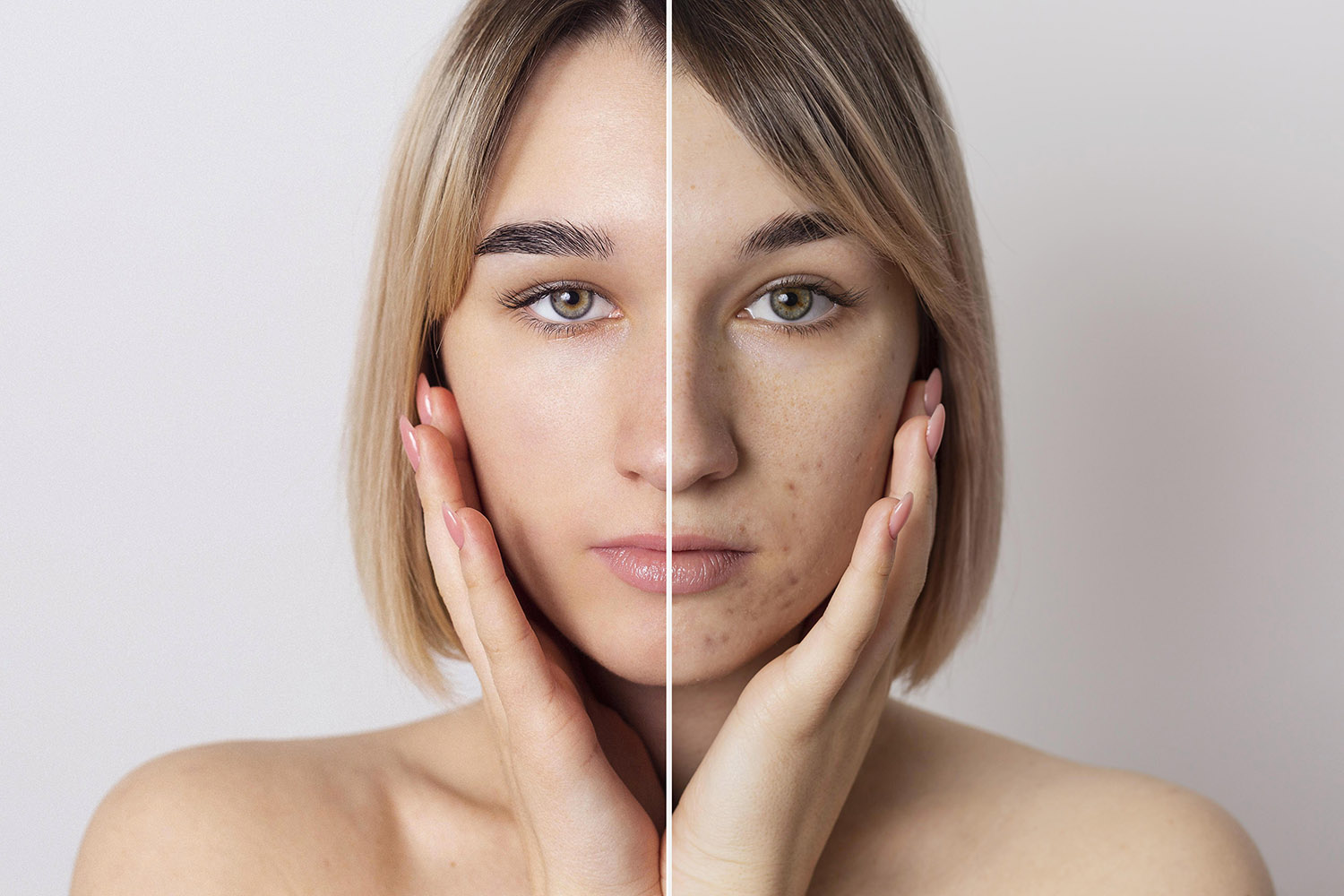Acne Treatments
At Clinique Elle, our experienced dermatologists possess a range of treatments to effectively address skin concern, tailoring them to each patient’s unique needs.
Skin Concern
Depending on acne’s severity and type, our dermatologists may recommend various approaches to manage and treat the condition.
One common method involves prescribing topical medications for external use.
These topicals target acne directly on the skin’s surface, reducing inflammation, unclogging pores, and preventing new lesions.
Medications may include creams, gels, or ointments with active ingredients like benzoyl peroxide, salicylic acid, or retinoids, chosen based on an individual’s skin type and acne nature.
In cases where topical treatments prove insufficient, our dermatologists may recommend oral acne treatment prescriptions.
These medications address acne’s root causes, such as hormonal imbalances or excessive oil production. For advanced solutions, Clinique Elle provides in-office procedures.
Laser treatments, for instance, target and eradicate acne-causing bacteria while stimulating collagen production for improved skin texture.
Photodynamic therapy (PDT), a form of light therapy, reduces inflammation and controls oil production.
Chemical peels exfoliate the skin’s outer layer, unclogging pores and enhancing skin tone.
Additionally, for those with specific acne lesions or cysts requiring removal, our dermatologists perform acne removal procedures to safely and effectively extract such blemishes.
At Clinique Elle, our dermatologists adopt a personalized approach to acne treatment, considering an individual’s skin type and condition severity.
Whether through topical or oral medications, advanced procedures, or a combination, we are dedicated to helping patients achieve clearer, healthier skin, and restoring their confidence.

